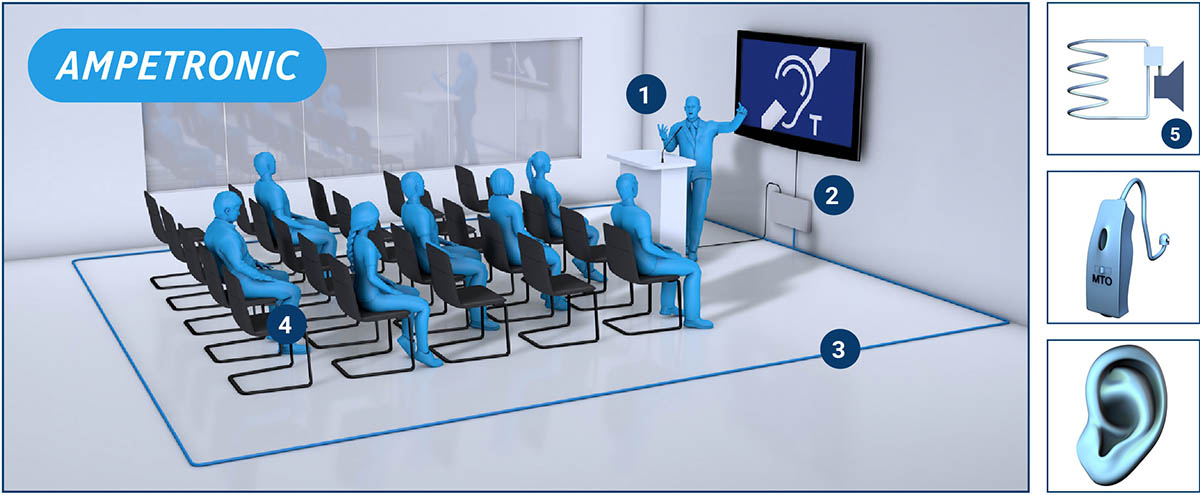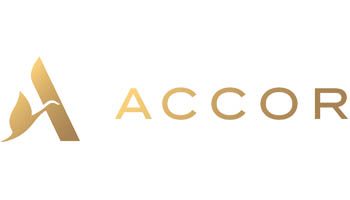INDUCTION LOOP SYSTEMS REDUCE BACKGROUND NOISE & IMPROVED CLARITY
Since the introduction of the Disability Discrimination Act (DDA) Induction Loop Systems for the hard of hearing have become part of standard installations in both hotels and public buildings.
An audio frequency induction loop (AFIL), commonly referred to as a hearing loop or induction loop, is an assistive listening system that provides access to facilities for those with a hearing impairment. The system takes a sound source and transfers it directly to a hearing aid without background noise, interference or acoustic distortion.
Over the last 30 years hearing loops have become the default assistive listening solution due to their benefits and ease of use, hard of hearing groups are mandating their installation in locations as diverse as taxis, kiosks, schools, houses of worship, concert halls and stadiums.

The presence of a hearing loop should always be indicated by the sign below.
A hearing loop system comprises of:
- A sound source, such as a voice, TV, cinema sound system or other audio system is captured using a microphone or via an audio-out connection.
- The sound signal is then connected to a hearing loop amplifier which generates a current to pass the signal to a hearing loop, usually made of copper tape or wire.
- The copper wire hearing loop (usually) surrounds the area where the listening audience is located and produces a magnetic field.
- The hearing aid user needs to switch their hearing aid to the ‘T-position’.
- The magnetic field is picked up by the Telecoil (or T-coil) inside the hearing aid of hearing-impaired members of the audience.
- The hearing aid tailors the sound to the specific needs of the individual. Sound is delivered directly into the ear canal, without background noise and with the full spectrum of sound frequencies required for intelligibility.
The number of users who can benefit from the system at one time is only limited by the number of people that can fit in the ‘looped’ area.
Expensive receivers are not required and users don’t suffer the inconvenience of asking for and wearing a headset that marks them out as hard of hearing. Hearing loops are an inherently simple technology, but care should be taken in their design, specification and installation so that the facility conforms to the international
standard and is of optimum benefit to the end-user.
Where large area coverage is required, a number of adjacent rooms are needed. Where privacy or confidentially is required then there is a need to provide low spill systems so that loops do not interfere with each other, or so people outside of the room cannot listen in to the conversation inside.

In this instance, non-hearing aid users can be issued with receivers and headphones or earbuds to enable them to also use the system.
We have installed numerous different types of these systems in hotel conference rooms, public buildings and government offices ensuring both client satisfaction and legislative requirements are fully met.
We can provide guidance & advice for any requirement.
Recently Completed Hearing Loop Project
- Crowne Plaza, Marlow
Our Partners
Over the past 30 years, we have be providing hotels with visual and audio systems.


Our customers
Over the past 30 years, we have be providing hotels with visual and audio systems.









